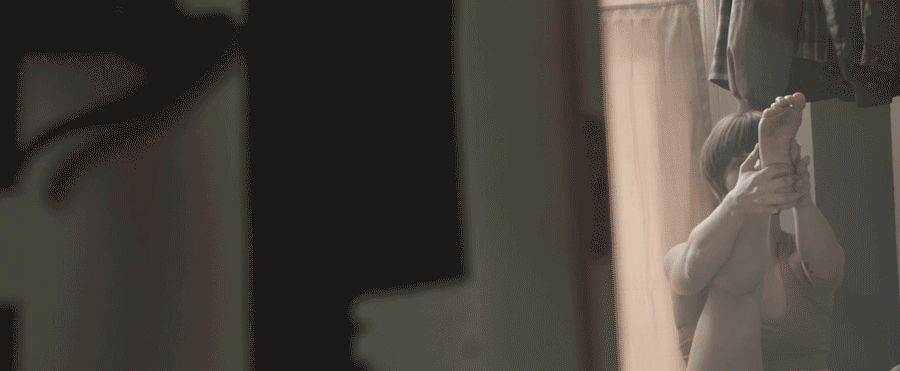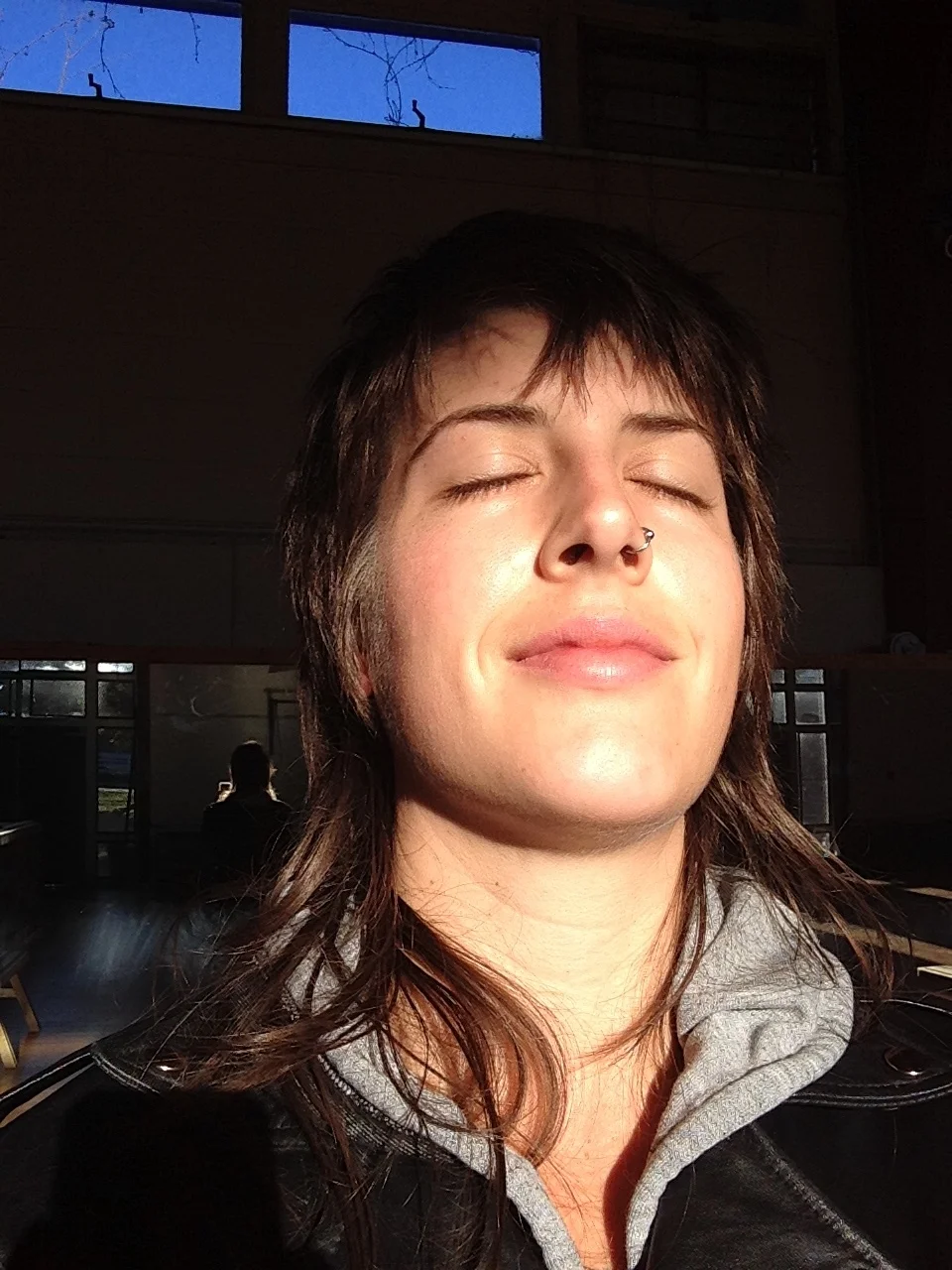Warrior poses and handstands and one-leg balancing postures and down dogs and planks, and cobras - yep, all great poses. Those poses only help, minimally, however, in developing the lotus seat - padmasana. If you only have a rigorous asana practice you are missing out on some of the biggest benefits of yoga derived from sitting and meditating. It is widely agreed that the lotus seat is one of the best postures for meditation. This is due to the natural torque that occurs in in the hips which in turns grounds the ischium. The reciprocal energy of the legs into one another and then into the ground and a similar transference between the ischium and ground allows energy to be drawn into the pelvic floor almost effortlessly. In turn, through controlled breathing, the abdominal diaphragm lifts the energy though the anterior and posterior planes of the trunk, into the chest and when the shoulders are relaxed the chest has room to fully expand. Thus, this particular seated posture allows for the greatest ease and expansiveness with breath. With an appropriate dristi or focal point, the neck continues this unbroken transference of energy all the way through the spine from tailbone through the crown of the head.
Such economy of energy transference is hard to replicate in other poses. In my experience "easy pose" or sukkhasana requires more trunk stabilization as does bound angle (boddha konasana). Child's pose (balansana) or kneeling are good options but the compressive element of those poses puts the shins, ankles, calves, and feet to sleep when held for a long time. Savasana or "corpse pose" is great for economy of movement but the challenge in that posture is to keep your meditation from turning into sleep!
So how do you get into lotus? Have you tried only to have too much pain in the knee or ankle to get all the way situated? For some the lotus seat is easy. The hips are naturally very open, their legs are long enough that the angle for the knee is less severe. For many, however, lotus is anything but comfortable and just about unattainable. I fell into the latter camp my entire yoga career until just this past month.
A year ago it was pointed out to me that my ankles were turning under or "sickling" when doing poses like pigeon, cow-face pose and in half lotus, fire long pose - really the list was very long. For me, unlocking lotus started with fixing my ankles. The ankle is intended to be either extended - nice and straight with the toes expressing that straightness by pointing OR the ankle can be in some degree of flexion as in when you are standing on it. Problems with the ankles start in the bottom of the foot more often than not, though mine actually was a combination of poor foot placement during walking and old soccer injuries. People over-weight the outside of the foot when walking and that translates to the seated position. The outside edge of the foot begins to turn under and there is an outward bowing of the ankle joint placing a LOT of stress on the lateral ankle ligaments. I started by making sure my ankles were either expressing full flexion or extension in each of the poses above. Two things helped me get my foot into really good flexion -
1) When possible use your hand or another body part to give the foot feedback. If you walk wrong chances are the second you try to put your foot into flexion without the floor underneath it you will default to your bad walking pattern. Use your hand on the bottom of your foot to simulate a floor and root down the base of the big toe and pinky toe as well as the heel to get your foot flat and start to re-train appropriate flexion at the ankle.
2) Flare the pinky toe. Yogi toes look ridiculous at first but aside from the surface area they provide for balance, this simple flaring of the toes pulls the muscles of the plantar fascia and arch wider, stretching the bottom of the foot which in turn makes ankle flexion a LOT easier.
So after the ankles, the next major crux is the knee, right? If your ankle is fully into extension or flexion you're going to have to work rather hard to get your knee out of alignment. Your knee is a hinge joint, just like the angle. The knee joint expresses range of motion between 0 degrees (knee totally compressed as in kneeling) and 180 degrees (knee open as in standing). In between the two is the mid-way, 90 degree angle, as in sitting in a chair with the feet flat on the ground. Those are the three safest positions for the knee. At any of those three angles, the foot angle can either be flexion or extension and the effect of the relationship between the ankle and knee is experienced in the hip. If your knees give you trouble my suggestions are as follows -
1) Spend a LOT of time kneeling. Start small with a block underneath you for support and work eventually so that you do no need the block. Start with 5 minutes and work your way up to 20 or 30 minutes. Mind over matter, your legs will tingle but if you keep your pelvic floor and core engaged and your focus on your breath you will one day make it that long. Don't expect that to happen overnight or without some tears. When you have sat kneeling for a long time, make sure you give yourself a long time to unwind out of the posture and don't try to stand up right away. Just get in dandasana and let your body process what happened.
2) Heros pose at least 3 days a week - once you can kneel for about 15 minutes without a block start working Virasana into your practice to help with internal rotation of the hip while the knee is compressed. This is the opposite movement of the hip than lotus pose but as is often the case one must go East to go West. The hip will not externally rotate if the internal rotation component is missing.
3) Start practice your half lotus - in tree pose, on the ground. Get the heel in contact with the abdomen about two inches below the navel and slightly to whatever side leg you are working. Get the very midline of the shin pointing to the ground and then lean forward to help your pelvis tilt anteriorly. Eventually your knee will drop down to the ground and you will have one half of your lotus legs.
Finally what does one do about the hips? If the ankle and knee are in a good relationship to one another, stretching that you do in pigeon, cow-face pose, janu sirsana, fire log pose etc will all work efficiently and effectively and most important EXCLUSIVELY at the hip. Unlike the other two joints, your hip is a ball and socket. The range of motion in the hip is huge comparatively and you need all of it for lotus. In my opinion the hip takes care of itself when the other two joints are in order. One of the most important poses to get your ready for padmasana is fire log aka double pigeon aka agnisthambasana. This pose is a doosey. It slowly torques the hip socket into submission. Often the hip does not rotate out or back all of the way in the socket but this pose will take care of both of those elements. The first time you try this pose however you might find that there is huge gap between your top leg and bottom leg. First, follow all of the aforementioned tips for the ankle, make sure they are both in flexion. You may need to hang the top ankle over the quad muscle of the bottom leg to be unimpinged in your top foot flexion. From there my tips are as follows -
1) Lean forward and compress your torso onto your legs. This will guide your hip placement and anteriorly tilt the pelvis so the head of the femur sits all the way back into the socket.
2) If it feels bad in the knee or ankle don't go there yet. That is my advice at every step of the way to lotus. You only have one knee and one ankle per leg. Treat them kindly. Go slow. Do not force things upon your body that it is not ready for.
I will likely do a tutorial or maybe even a lotus workshop here, soon. If you want a great video on how to get into lotus go here. To see all of the above advice in action check out my time lapse from yesterday below. Good luck and let me know if you have any questions in the comments.





